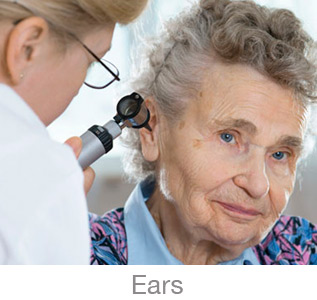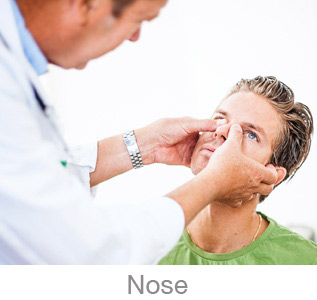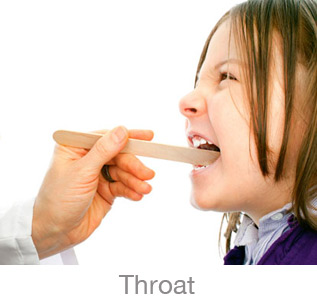The Nose
About 35 million people develop chronic sinusitis each year, making it one of the most common health complaints in America. Care of the nasal cavity and sinuses is one of the primary skills of otolaryngologists. Management of the nasal area includes allergies and sense of smell. Breathing through, and the appearance of, the nose are also part of otolaryngologists' expertise.
Suffering from Sinus Headaches
Not every headache is the consequence of sinus and nasal passage problems. For example, many patients visit an ear, nose, and throat specialist to seek treatment for a sinus headache and learn they actually have a migraine or tension headache. The confusion is common, a migraine can cause irritation of the trigeminal or fifth cranial nerve (with branches in the forehead, cheeks and jaw). This may produce pain at the lower-end branches of the nerve, in or near the sinus cavity.
Pain in the sinus area does not automatically mean that you have a sinus disorder. On the other hand, sinus and nasal passages can become inflamed leading to a headache. Headache is one of the key symptoms of patients diagnosed with acute or chronic sinusitis. In addition to a headache, sinusitis patients often complain of:
- Pain and pressure around the eyes, across the cheeks and the forehead
- Achy feeling in the upper teeth
- Fever and chills
- Facial swelling
- Nasal stuffiness
- Yellow or green discharge
However, it is important to note that there are some cases of headaches related to chronic sinusitis without other upper respiratory symptoms. This suggests that an examination for sinusitis be considered when treatment for a migraine or other headache disorder is unsuccessful.





